How to Build an Underground Shelter in the Woods
Underground shelters are becoming more and more common these days, especially because of the threats that seem to be increasing and intensifying lately. A bunker is meant to protect your family from all kinds of natural disasters, nuclear blasts, and to put it frankly, even from other human beings.
But there’s a lot more to a bunker than digging a big hole and plopping a shipping container into the ground and calling it done. Your family will also need certain essentials to make living in a bunker a manageable situation. Here’s more on how to build a functional underground shelter in the woods. In case you missed this post, Bunker Building: What You Need to Know
How to Build an Underground Shelter in the Woods
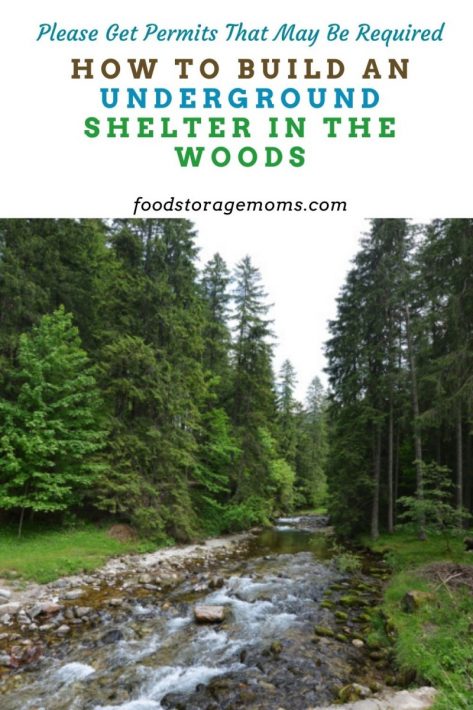
1. Get the Right Permits
Building a bunker on a property that you own could very well be legal, but you will still be required to get several different types of permits before you even break ground. To get started, take a blueprint of your plans and a map layout of where you intend on building and take it to your local building department. They will let you know which permits that you will need. Depending on where you live, you may need a grading permit, discretionary permit, building permit, electrical permit, and plumbing permit, and possibly others like a zoning change.
Also, don’t forget to call 811 before you dig so that you don’t end up breaking an underground utility line. If this were to happen, not only could it be hazardous to your health, but it could cost you a lot of your own money to correct the situation. You will want to have clarified by the proper utility or government agency just how far you need to stay away from them to be safe.
2. Choosing the Right Location
There are several factors that you need to take into consideration when choosing the right location for your bunker. First and foremost, its location needs to be kept secret on a “need to know basis.” A bunker is intended to serve and function for your family and maybe a couple of close friends, not everyone else. It should also be a safe area that’s not considered a high fire risk, and not too close to a body of water, stream, or river that could cause flooding and structural issues.
While you may want to have your bunker put in a remote and well-hidden area (surrounded by trees), make sure that there aren’t trees too close by to where you plan on digging. Their root systems can be a pain to cut through, or they may cause structural issues for your bunker later on.
3. Pick Out the Right Building Material
You’re going to need strong building materials to handle the weight of the dirt piled on top, and also be able to withstand a nuclear blast. Reinforced concrete is the most affordable building material that would last for a long period of time. Metal sheeting would prove to be much more costly, but if money isn’t an issue for you, it’s still a good building material to use. It’s both sturdy and water-resistant, but you would also need to insulate it.
- That’s where bricks come in. Not only are they a great insulator, but they’re affordable, waterproof, and can make your bunker look great so that your family doesn’t have to stare at metal walls.
- You should never use wood as a building material for the exterior of your bunker because it’s prone to infestation, rot, and weathering. Yet it’s okay if you would like to incorporate it in the interior of your bunker as long as you keep it clean and away from a water source, if possible.
- If you plan on going with a shipping container as your main body structure, make sure that you reinforce it with metal beams so that it can handle all the dirt being piled on top of it. You also won’t be able to customize it as much as you would with other building materials.
4. Getting the Right Excavating Equipment
Unless you plan on digging with a measly shovel for the next year, you’re going to need to rent larger equipment like a trencher and an excavator to get the job done. But before you start, you will need to measure and then set up the perimeter of where the bunker will be placed. The trencher will be useful to create your outline and then the excavator can do all the digging. If you’re having to deal with awkward and tight spaces when digging, I’d recommend you using a mini excavator instead. You probably should consider hiring a professional, but I’d consider using a Non-disclosure Agreement as part of the contract documentation.
5. Time to Dig
There’s so much more to the digging process than what meets the eye. To see to it that you remain safe while avoiding cave-ins you will need to follow several guidelines. To protect yourself you will need to use sloping/benching, shoring, and also install a trench shield. Here’s more on trenching safety that you need to familiarize yourself and a brief summary of what each of these terms entails:
- Sloping/benching-creating a slope by cutting the trench wall at an angle. Benching refers to building steps (benches) so that you can travel up the wall.
- Shoring-this prevents collapses by building a support system that keeps the dirt in place.
- Trench Shield-a trench box is used to protect a person from a cave-in, not to prevent one from happening.
Your bunker will need to be deep enough to survive natural disasters, blasts, and radiation, but not too deep that you can’t get your family out. You should have no more than 10 feet of earth resting on top of your bunker, so take that into consideration when digging.
6. Reinforce the Shelter
Build a sturdy foundation by using reinforced concrete or self-healing concrete to support your bunker. Its walls also need to be between 1 and 3 feet thick (concrete), so if you’re going with sheet metal, be sure to add concrete or brick on the inside. If you’re planning on surviving a blast of some kind, you’re going to want walls at least 3 feet thick.
Reinforce your bunker with metal beams for added protection so that it doesn’t collapse. You also have the option of adding an extra outer layer of concrete for more protection, and you should think about protecting your bunker with these waterproof materials.
7. Gather Key Living Items
Just because you’ve dug a hole and buried your bunker beneath the ground, it doesn’t mean that it’s ready to be lived in. In order to sustain your family for an extended period of time, you will also need to consider having a couple of generators, a suitable waste removal system, a water filtering system, a ventilation system with air filters. You will also need to gather enough food, water, and other essentials to see your family through. This is an important step in building an underground shelter for your family!
Final Word
Building an underground shelter may seem like a crazy thing to do, but have you considered that the world’s elite are doing the same? Building a bunker for you to survive a “doomsday” scenario not only takes hours and hours of planning, but also will require a significant amount of money. If you’re ready to take that step, these guidelines will get you well on your way. May God Bless this world, Linda
Copyright Images: Water Stream Deposit photos_117882100_s-2019

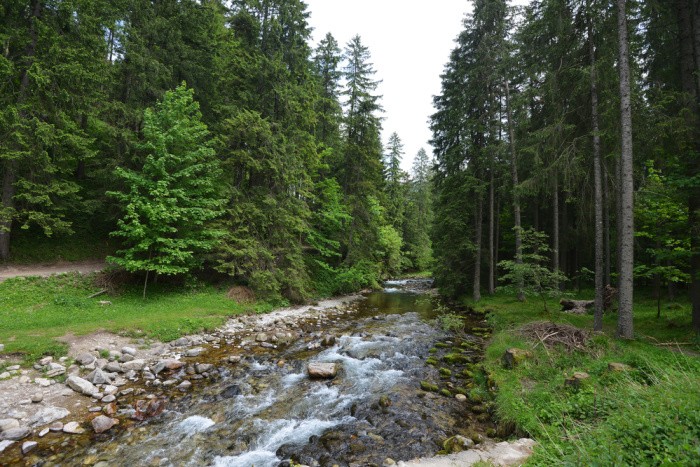

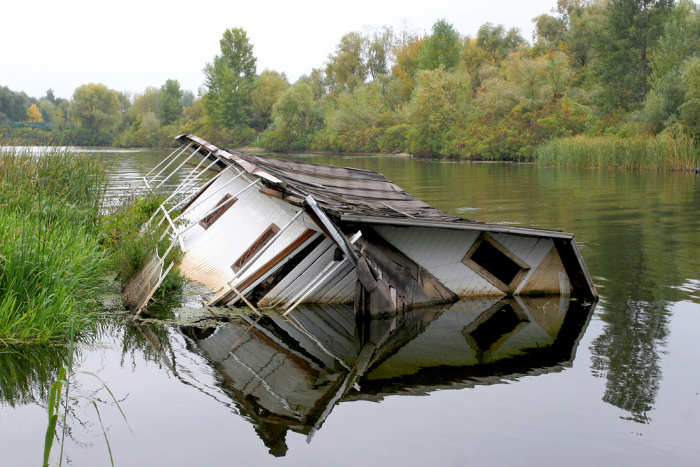
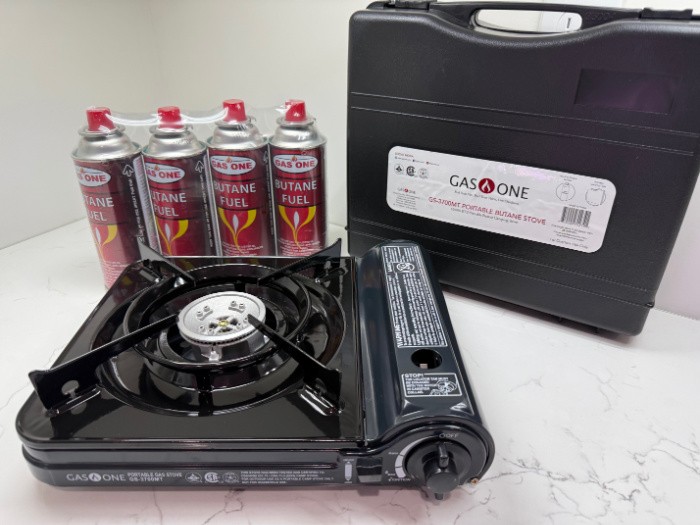
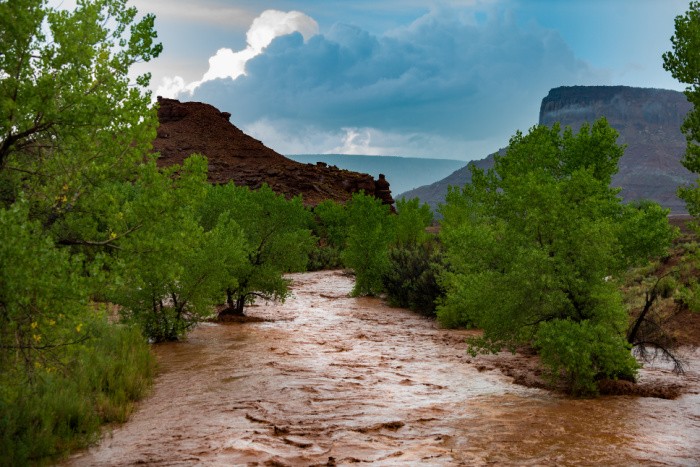
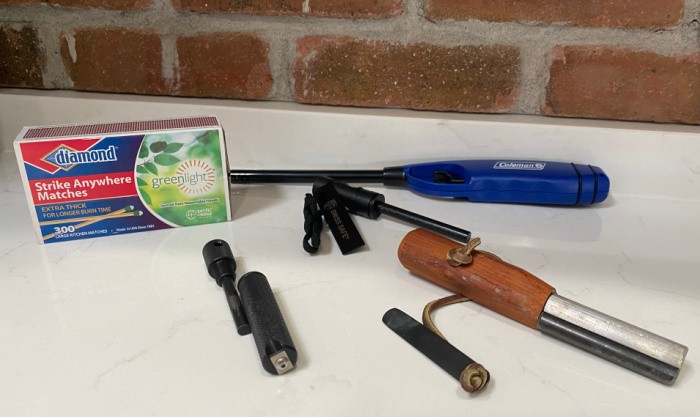
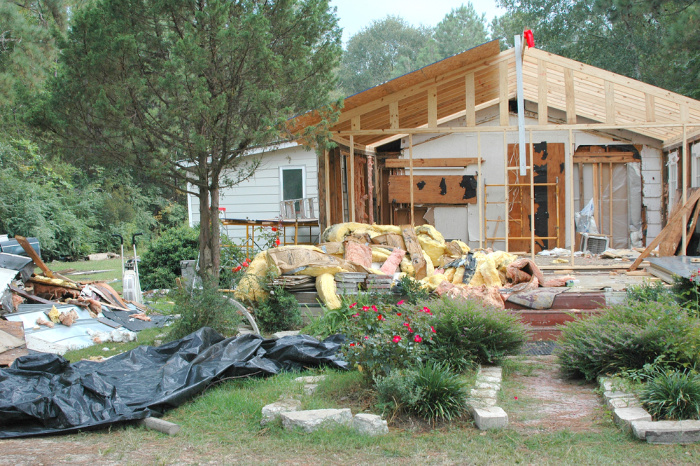
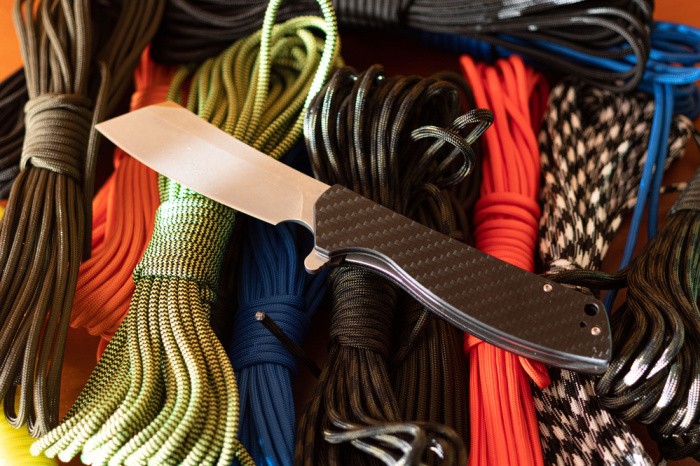













You need to look hard at water tables and earthquakes in selection. If it’s “in the woods” you need to look at tree falling winds etc so you don’t get blocked in.
The 2 weak points are the door(s) and air intake. If it only takes me 30 seconds to cut into your door then what’s the point of a $100K bunker? If I can locate and smoke you out or suffocate you then again what’s the point?
A bunker is not the catch all for every survival situation folks think it is. It’s a specific design for specific things. How long will y’all be down there? What will you come back up to? Is there a plan b in case the hull is breached? Where do you park so it’s not just sitting beside your doorway? How do you monitor the outside? Where do you hide comms antenna? What’s the plan when the contractor, court clerk who you filed with, divorced husband father of your grandkids etc show up in an emergency?
There are limited companies that do these. Popularity isn’t a good indicator as issues have risen over time with sub quality products that leak or are weak. Do your homework.
Also storm shelters aren’t bunkers in that you want those registered with the city for rescue and everyone to know about it so they can dig you outta the rubble after a tornado. I even paint mine so it’s not obnoxious but visible.
Hi Matt, great comment as always. I remember growing up in California and we had bomb shelters. My family didn’t have one but we had neighbors who did. I never really thought about those until I was much older. I remember in school having earthquake drills with desks. It’s funny how you shelve those memories until you write about bunkers or storm shelters. I’m not in the market for building one but I want people to realize you can’t just throw it together without some planning. Lots of research, etc. Great tips, my friend! Linda
I want a shelter like the movie “Blast From the Past” with Brendan Fraser. Now that’s a shelter!
Hi Robbie, NOW I need to watch that movie! If you like it I will like it! LOL! Linda
Try Netflix or Hulu where I think you can watch it for free. Amazon Prime, Redbox, etc. all want to charge $3.99 for it. Not worth it in my opinion but you might be able to see if someone you know has it. I thoroughly enjoyed it.
Hi Robbie, I will check those out. I love to watch movies! I’m on it! Linda
Haha yes
One thing I have found with my storm shelter ( which is concrete) that it is very humid. It
sweats a lot. It can mold things fast, I get Damp dry in the hot months to soak up all the
humidity. One time without thinking I put a container of salt in my shelter and when took it out
( which I did right before winter) it was a mess. This is something to think about. It has 2 vents
for air so it has ventilation.
Hi June, oh, the salt and moisture, it becomes a BRICK! Vents and ventilation. Yikes, great reminder! Linda